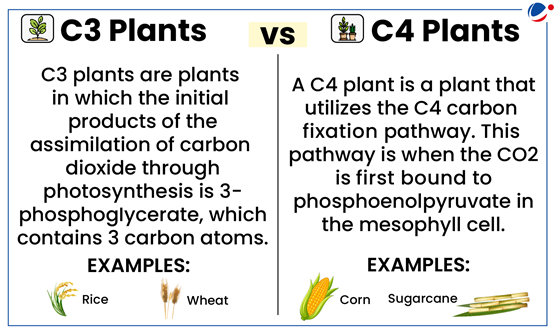Why in the news?
Recently, the Closing ceremony of the International Year of Millets 2023 took place at the FAO headquarters in Rome, Italy.
More about the news
- The United Nations General Assembly declared 2023 the International Year of Millets (IYM 2023) at its 75th session in 2021.
- The decision was motivated by India's proposal at the United Nations which was endorsed and supported by more than 70 countries.
- The IYM 2023 aims to create domestic and global demand for millets and raise awareness of the benefits of millets like nutrition, health, environmental sustainability, economic development, etc.
About Millets
- Millets are small-grained, annual, warm-weather cereals belonging to the grass family.
- They are staple crops of the semi-arid tropical region and are one of the oldest foods known to humankind.
- Depending upon their size, they are broadly divided into:
- Major millets (E.g., sorghum, pearl millet, finger millet) and
- Minor millets (E.g., little millet, foxtail millet, proso millet, barnyard millet, and Kodo millet).
Millets in India
 |
Significance of Millets
Farmers |
|
Health |
|
Environment | 
|
Challenges in mainstreaming Millets
- Lack of public awareness: about the nutritional benefits of millets has led to limited adoption of millet-based products.
- Multiple processing requirements: Some millets require multiple processing to optimise grain recovery and polishing to retain their nutritional value.
- Poor Shelf life: Millets have an active enzyme called lipase that reduces the shelf-life of millet-based products
- Supply chain issues: Millet supply chains suffer from inconsistent supply and demand that prevents their commercial viability.
- Lack of access to High-yielding variety (HYV) seeds: has led to low crop productivity of millets.
Initiatives for the promotion of millets in the country
- Shree Anna Scheme: Launched in 2023, the scheme aimed at popularising millets and raising their consumption in the country.
- Under the scheme, Indian Millets Research Center Hyderabad would be promoted as a Center of excellence.
- Production Linked Incentive Scheme for Food Processing Industry for Millet-based products during 2022-27 by the Ministry of Food Processing Industries.
- Millets rebranded as "Nutri-Cereals" and 2018 was declared as "National Year of Millets"
- Other efforts:
- Millets included in POSHAN Mission Abhiyaan by the Ministry of Women and Child Development.
- Sub Mission on Millets launched under the National Food Security Mission in 2018.
Conclusion
The usage of millet has enormous potential. But to realise the significant effort has to be made to improve the popularity, affordability, supply chains and R&D of millet and millet-based products.






